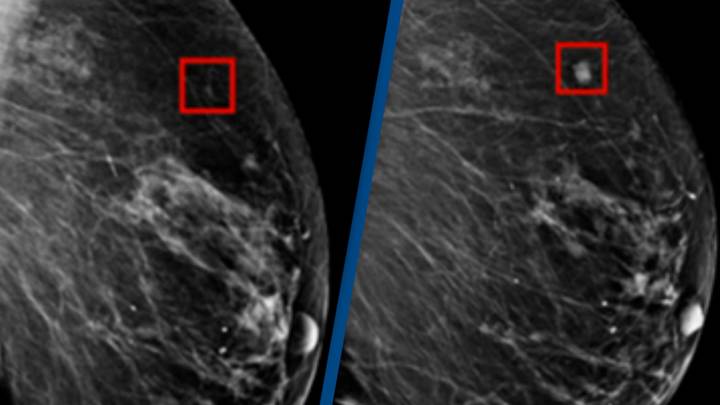Artificial Intelligence (AI) has been making headlines in recent years, with its potential to revolutionize various fields, including healthcare. In a recent development, an AI program was able to detect breast cancer in a woman four years before it developed, showcasing the technology’s potential in early diagnosis and treatment.
While the use of AI may seem intimidating, especially in the field of healthcare, advancements in technology can do a great deal of good. One such example is the use of AI in cancer screening to identify potential health issues long before they develop into something harmful.
Currently being used successfully in Hungary, the technology is attracting interest from other countries such as the US, UK, and Europe.
According to Dr. Larry Norton of the Lauder Breast Center, the technology has been around for decades, but AI is becoming a valuable tool in refining the process of identifying abnormalities.
The approach is called computer-assisted detection and has been around since the late 1990s. However, the technology has been continuously improving, making it a valuable tool for radiologists. By looking at mammograms, the technology can identify areas that require further attention from radiologists.
The technology identifies risks and notifies women of their high risk of developing breast cancer before it occurs. The technology does not aim to replace radiologists but to aid them in identifying abnormalities. Dr. Norton stressed that while AI has made impressive advancements, the technology is in place to help human decision-makers.

In a recent report by the New York Times, the use of AI technology in breast cancer screening has reduced the workload of radiologists by 30% while increasing cancer detection rates by 13%. The technology has also been tested with some of the most challenging cancer cases where the early signs of breast cancer were not spotted by radiologists, with the AI successfully identifying the cancer.
AI has also been successful in detecting lung cancer. With the potential for early detection, AI could become a valuable tool in healthcare, aiding in the early diagnosis and treatment of various diseases.
In conclusion, the recent development of an AI program detecting breast cancer four years before development showcases the potential of technology in early diagnosis and treatment. While AI may seem daunting, it can be a valuable tool for radiologists and ultimately a lifesaver. As the technology continues to improve, we can expect to see more developments in AI’s role in healthcare.




